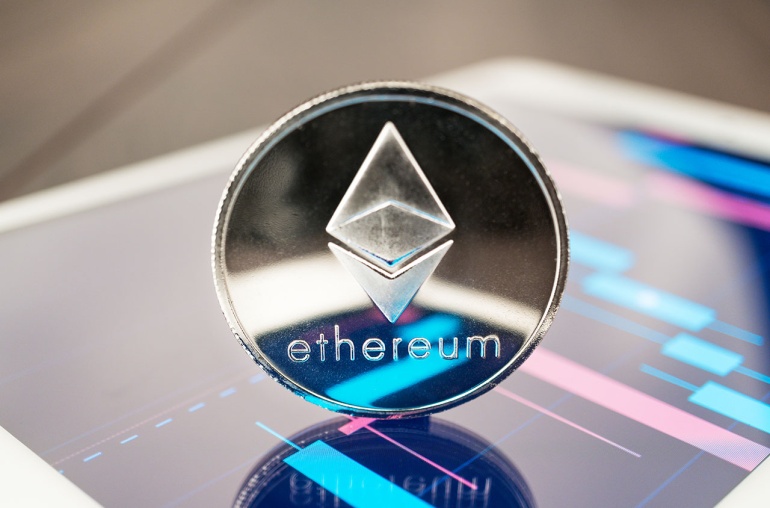The traditional and long-standing financial system the world uses can also be referred to as centralized finance, or CeFi for short. The CeFi ecosystem has existed for a long time, and it is pretty much all the world has known.
Decentralized finance, or DeFi, is a relatively new financial ecosystem that has been making a mark on the world lately. The new financial system is increasing in popularity, largely due owing to the underlying blockchain technology becoming more commonplace worldwide.
Not many people truly know the differences between the two financial ecosystems. CeFi and DeFi are two ecosystems that coexist right now. Understanding the differences between them is paramount to identifying the changing global financial landscape and how to navigate through it.
This post will shed a light on the differences between CeFi and DeFi.
What is CeFi?
The centralized financial system is much older than you might realize. Mesopotamia is the ancient civilization purported to have invented the financial system that formed the basis of what we use today. From livestock to precious metals, people have used a wide range of assets and goods as currency in a centralized financial ecosystem over the millennia. The most current asset governing the financial system is known as fiat currency, i.e., dollars, GBP, Euros, etc.
Until now, all of humanity’s efforts to create a stable means of value and exchange have relied on the concept of a centralized system governed by governments or military forces commanding the financial worth of these fiat currencies. CeFi has also carved out a place in the cryptocurrency world through popular cryptocurrency exchanges like Kraken, Coinbase, and Binance.
Cryptocurrency users create accounts on these platforms and use them to transact using various cryptocurrencies. While you have complete freedom over using your cryptocurrency assets held by these exchanges, you rely on these exchanges to provide security for the crypto assets they hold for you.
What is DeFi, and how Does it Differ From CeFi?
The advent of blockchain technology has led to a new form of currency that does not rely on a centralized authority responsible for validating all transactions. The permissionless and effectively decentralized features for the new currencies make cryptocurrencies a powerful innovation in the financial landscape. Safe transactions without the need for a central authority regulating transactions appeal to the masses.
DeFi is a sub-category of blockchain technology that focuses on using decentralized technology to develop financial services and technology through smart contracts. Financial institutions like banks act as the parties responsible for validating transactions in the current financial system. These institutions command significant influence on global finance because all the money passes through them. DeFi offers the opportunity to make the need for financial institutions obsolete through smart contracts.
DeFi offers better control, more transparency, and better accessibility to all users. DeFi users can understand and examine all the rules governing the flow of goods and financial assets. CeFi is full of back-deals, centralization, and private agreements — all the things that reduce transparency for users.
Decentralized finance allows DeFi users to remain custodians of their own assets, making it impossible for any central authority to seize or destroy their assets without permission. The aspect of custody is one of the biggest differences between CeFi and DeFi.
DeFi allows users to exhibit a greater level of control over their own assets at any given time. There is no need for users to wait for banks to open or rely on them to supply their own money held by them. Centralized exchanges play the role of financial institutions in CeFi for cryptocurrencies. They play the role of custodians holding large quantities of cryptocurrency assets, much like banks.
DeFi users may be responsible for ensuring the security of their own holdings, but they can exert more control over their own assets instead of relying on a third party for custodianship. CeFi organizations can practice stringent requirements that users have to meet to ensure that they will facilitate transactions based on their discretion. DeFi allows users to have more control in this regard through permissionless blockchains allowing them to make direct peer-to-peer transactions validated by the network as a whole.
Of course, DeFi is still a nascent financial system and has several challenges ahead of it before it can be perfected into a system that can become commonplace. It is unlikely for DeFi to become a replacement for CeFi, but it could play a major role in coexisting with the traditional financial system to make lives better in synergy.
Wrapping it up

CeFi has been around for longer than DeFi. DeFi boasts unique qualities, like decentralization, transparency, and non-custody, owing to the use of blockchain technology. However, the same technology places a few limitations on the confirmation latency, privacy, and transaction throughput for decentralized finance.
As things stand, DeFi relies heavily on the traditional financial system. The value of cryptocurrency assets within DeFi infrastructure is still determined in fiat currency equivalents. Stablecoins are becoming increasingly popular due to their value being pegged with fiat currency and other traditionally stable asset classes.
However, CeFi could be vital to ensuring a stronger future for DeFi through successful synergies. Lending platforms using CeFi could bridge the gap between the long-standing financial system and cryptocurrency assets, allowing people to directly borrow fiat currency while using their cryptocurrency as collateral.
It is difficult to accurately determine what the future holds, but it is possible that it might not be a choice between the two financial systems. CeFi and DeFi are intertwined with each other and could stand to build a mutually beneficial relationship bringing together the best of both for cryptocurrency users to enjoy.
DeFi has been through the wringer lately, but the stresses endured by the financial system could provide valuable lessons for innovations in CeFi, leading to a stronger future for the broader financial systems we will use in the future.
We hope you found this explainer of the differences between Centralized and Decentralized finance helpful. Keep following our blog on Crypto World to get updates on everything related to the cryptocurrency industry.



